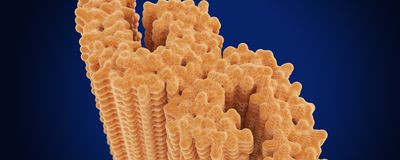Neuroscience
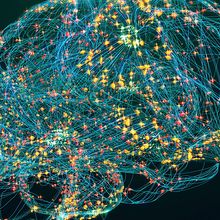
Could Remnants of Ancient Viral Infections Affect Human Health Today?
Hannah Thomasy, PhD | Dec 18, 2024 | 4 min read
Patterns of human endogenous retrovirus expression linked to decreased neurodegenerative disease risk.
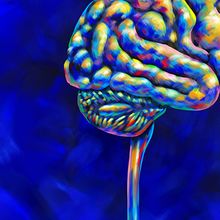
Trippy Science Unravels the Mystery of Psychedelics’ Antianxiety Effects
Iris Kulbatski, PhD | Dec 12, 2024 | 4 min read
Researchers mimic the antianxiety effects of psychedelics by identifying and activating specific brain regions in an important step towards developing therapeutics that do not cause hallucinations.

Bone-Building Hormone Identified in Lactating Mice
Claudia Lopez-Lloreda, PhD | Dec 3, 2024 | 4 min read
A brain-derived hormone that improves bone health could guide new treatments for age-related bone conditions.
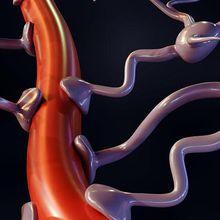
Modeling the Blood-Brain Barrier in a Dish
Sneha Khedkar | Dec 3, 2024 | 4 min read
Human brain and blood vessel organoids merged to form blood-brain barrier assembloids could provide clues into neurological diseases.
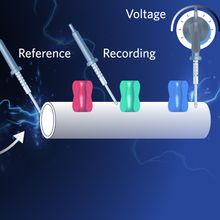
What’s the Difference Between a Voltage Clamp and a Current Clamp?
Laura Tran, PhD | Dec 2, 2024 | 2 min read
Depending on the “clamped” parameter, patch clamp configurations probe different aspects of a cell's electrical activity.

How Does the Placebo Effect Work?
Hannah Thomasy, PhD | Dec 2, 2024 | 2 min read
Placebo analgesia might be all in the head, but that doesn’t mean it’s not real.
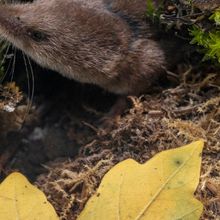
Gene Expression Shifts as Shrews Shrink and Regrow Their Brains
Hannah Thomasy, PhD | Nov 20, 2024 | 5 min read
Transcriptomic studies of the shrew’s remarkably plastic brain could provide new insights into neurodegenerative diseases.
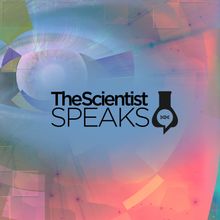
Advances in Cell Therapy for Restoring Vision
The Scientist Staff | Nov 19, 2024 | 1 min read
Scientists use innovative stem cell culture models to progress retinal cell therapy research.
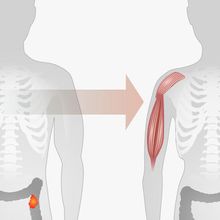
The Neural Circuitry Driving Cancer-Related Wasting Disease
Sahana Sitaraman, PhD | Nov 18, 2024 | 4 min read
In mice, dampening the activity of area postrema neurons diminished cancer-induced muscle and fat loss and increased lifespan.

What Drives the "Wet Dog Shakes" Reflex in Furry Animals?
Hannah Thomasy, PhD | Nov 7, 2024 | 3 min read
Scientists identified the mechanoreceptor that triggers the distinctive shake-off behavior observed in mice when they become wet.
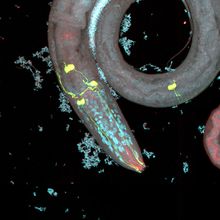
Worms’ Nose for Danger Helps Ward Off Pathogens
Laura Tran, PhD | Nov 7, 2024 | 3 min read
Nematodes can sniff out trouble, kicking off a mitochondrial defense in the gut to fend off bacterial invaders.
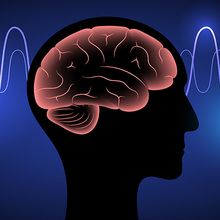
Sleep Disruptions and Impaired Muscle Control in Ataxia May Share a Culprit
Shelby Bradford, PhD | Nov 5, 2024 | 4 min read
Dysfunctional neurons in the cerebellum, a brain region that controls motor functions, reduced REM sleep in mice.

From Marmosets to Menopause: A Primate Perspective
Laura Tran, PhD | Nov 1, 2024 | 2 min read
Agnès Lacreuse investigates cognitive aging and women’s health in nonhuman primates.
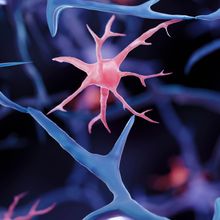
Unlocking the Metabolic Drivers of Alzheimer’s Disease
The Scientist Staff | Nov 1, 2024 | 2 min read
Cellular oxygen consumption in the brain may shed new light on Alzheimer’s disease onset, progression, and treatment.
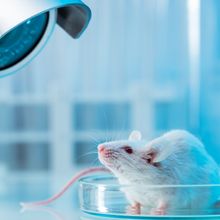
A Neural Thermostat Sets the Intensity of Immune Responses
Hannah Thomasy, PhD | Nov 1, 2024 | 2 min read
Specialized neurons in the brainstem and vagus nerve provide potential therapeutic targets for treating inflammatory disorders.

Why Do Dogs Wag Their Tails?
Laura Tran, PhD | Nov 1, 2024 | 2 min read
Chasing dog tails for answers, researchers explore the reasons behind the quintessential tail wagging of these furry four-legged friends.
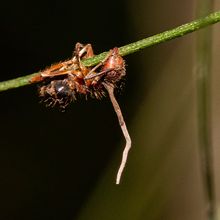
Zombie Fungi Hijack Hosts’ Brains
Hannah Thomasy, PhD | Oct 29, 2024 | 10+ min read
Mind-controlling fungi are changing the ways that scientists understand host-parasite relationships.
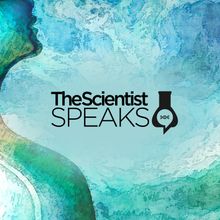
Smelling Illness: Volatile Organic Compounds as Neurological Disease Biomarkers
The Scientist | Oct 23, 2024 | 1 min read
Scientists advance Parkinson’s disease biomarker research one sniff at a time.

Targeting Protein Isoforms to Develop Safer Opioids
Claudia Lopez-Lloreda, PhD | Oct 23, 2024 | 4 min read
Inhibiting a protein isoform in the spinal cord alongside morphine improves the opioid’s pain-relieving properties without increasing unwanted side effects.
